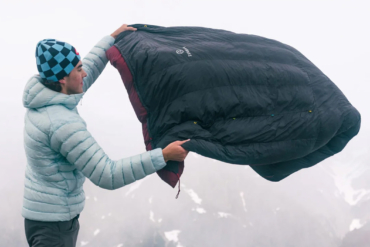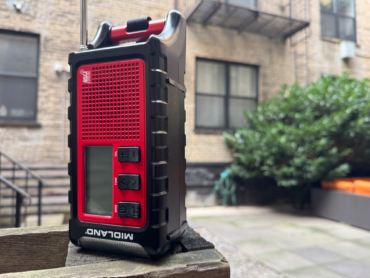Caffeine. Taurine. Glucuronolactone. These are the energizing — and sometimes controversial — ingredients that have fueled untold millions of outdoors and action-sports types since 1996 when a previously unknown blue and silver can appeared on shelves in the U.S. market.
Red Bull Energy Drink is now a fixture from cyclocross bike races to climbing competitions with active people looking for a subtle chemical edge. A boost in the guise of a beverage is an accepted performance-enhancing procedure and a ritual for some as common as a morning cup of coffee.
New this year, Red Bull unveiled a concentrated version of its original energy drink. The Red Bull Energy Shot comes in a tiny re-sealable vessel. Inside, two liquid ounces of non-carbonated concentrate serve as an even quicker way to get Red Bull’s energizing constitutes into your system.

The small plastic cans do not need to be refrigerated. They are solid and will not burst if sat on or tossed around. You can stash a couple in your backpack on a wilderness trip for a morning jolt in place of coffee.
Red Bull promises the “same great taste” with its Energy Shot as found in the original Red Bull Energy Drink. Love it or not, the same tangy flavor is present in the little cans, though it’s even stronger with the non-carbonated Shots.
The Red Bull Energy Shots cost about $2.50 each. They come in a regular (with sugar) version and a Sugarfree Shot variety.
Each Energy Shot can has 80mg of caffeine — about the same amount as you’ll get from an espresso shot. That’s not to mention the taurine, glucuronolactone, and other ingredients Red Bull adds to tout as perpetuating human performance via the simple action of sipping liquid from a can.
—Stephen Regenold writes about outdoors gear at www.gearjunkie.com.






